SUZANNE Eade has held the position of Horse Racing Ireland chief executive since November 2021 but by far her punchiest public statements in the role were saved for last week.
We have become accustomed to the Co Dublin native rarely veering too far away from a measured tone in her media contributions, but she did not hide her frustration after five racecourses controversially rejected a long-deliberated media rights deal understood to be worth €47 million (over five years).
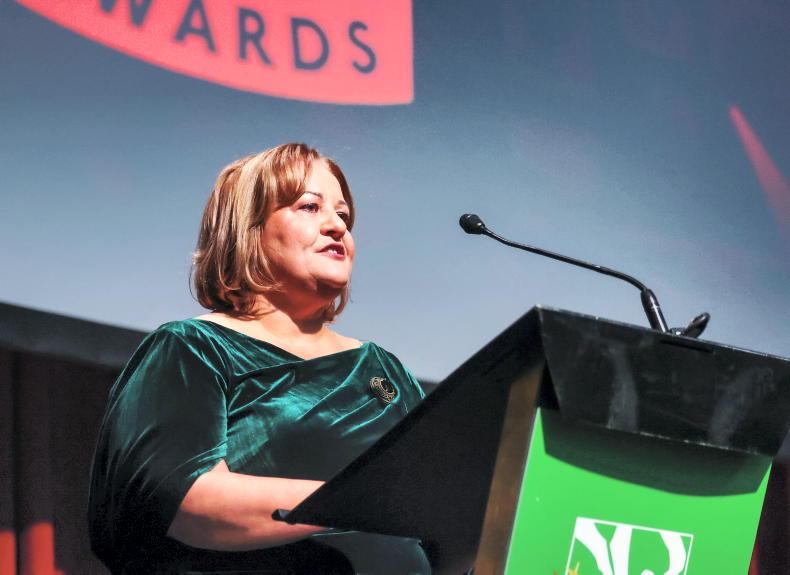

 This is a subscriber-only article
This is a subscriber-only article
 It looks like you're browsing in private mode
It looks like you're browsing in private mode




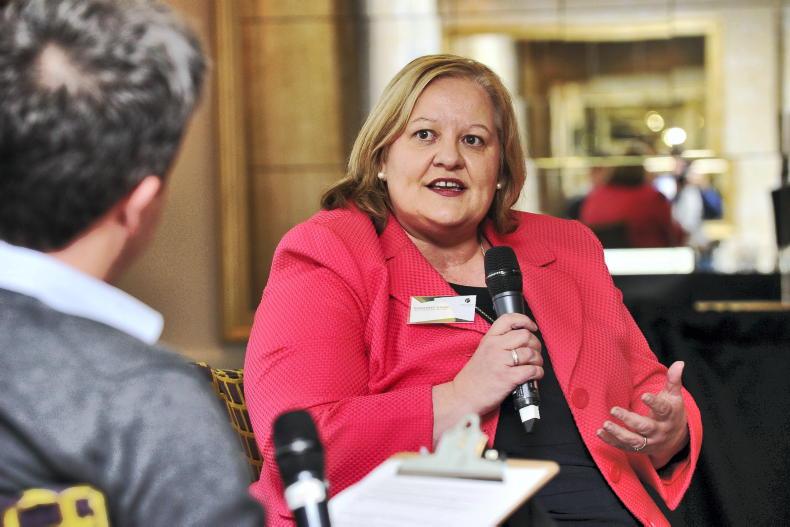
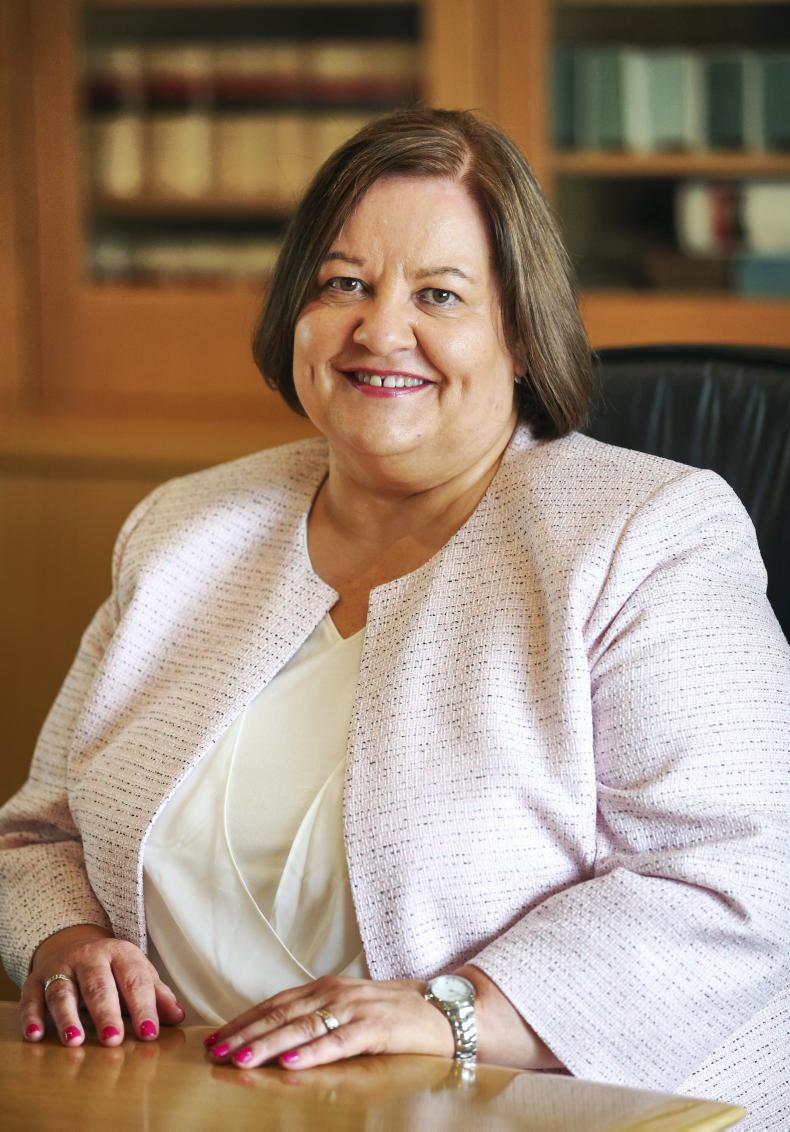
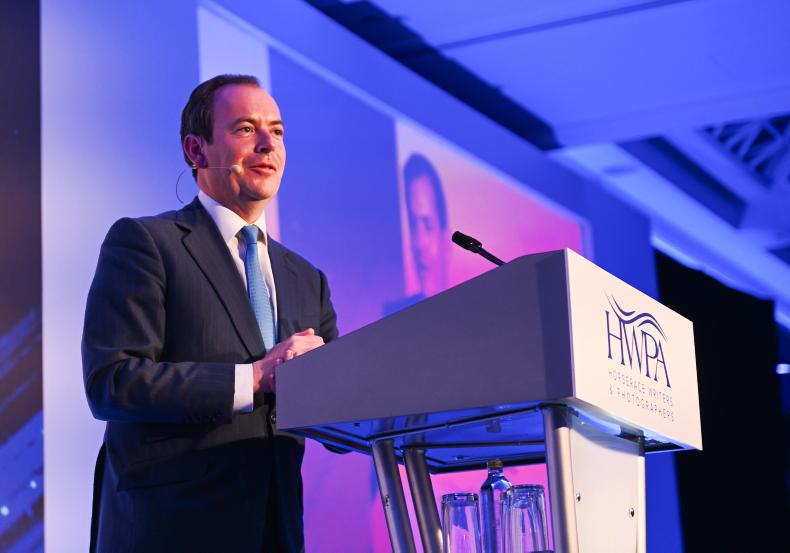

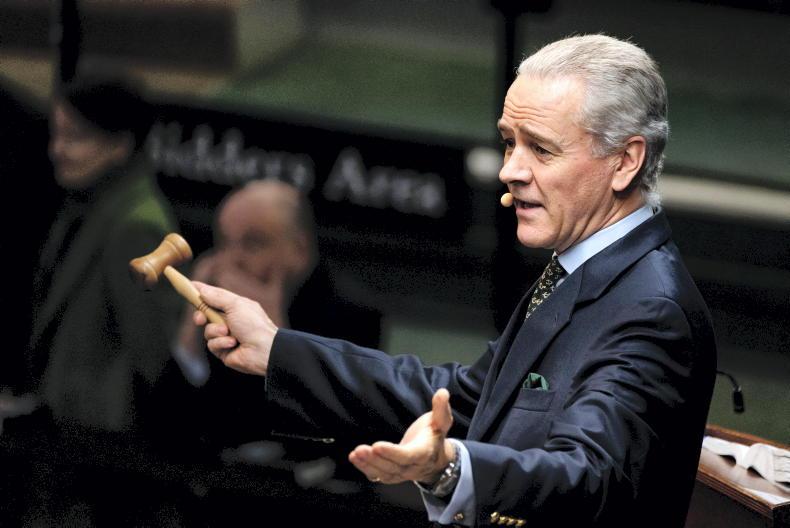
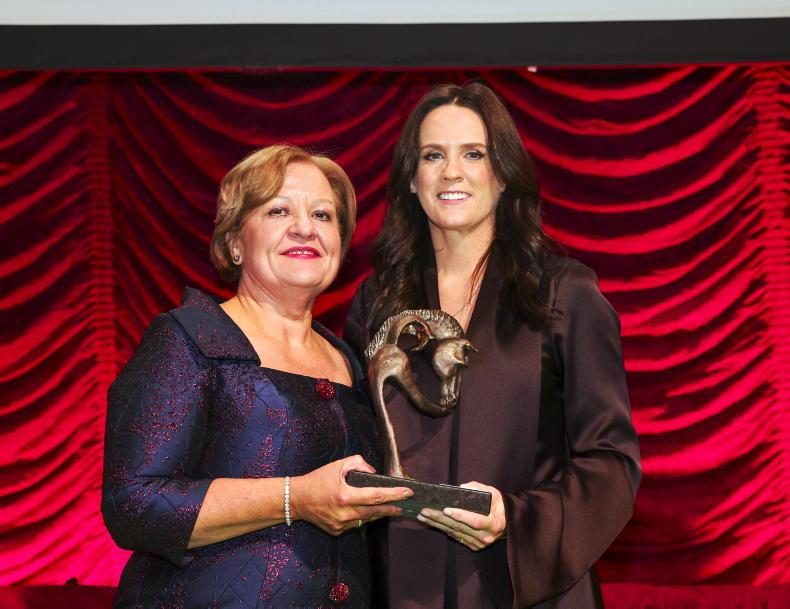
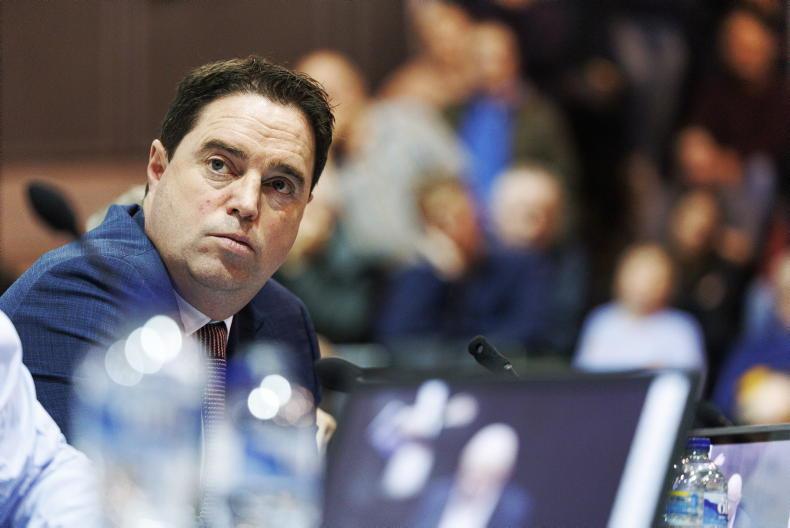
SHARING OPTIONS: